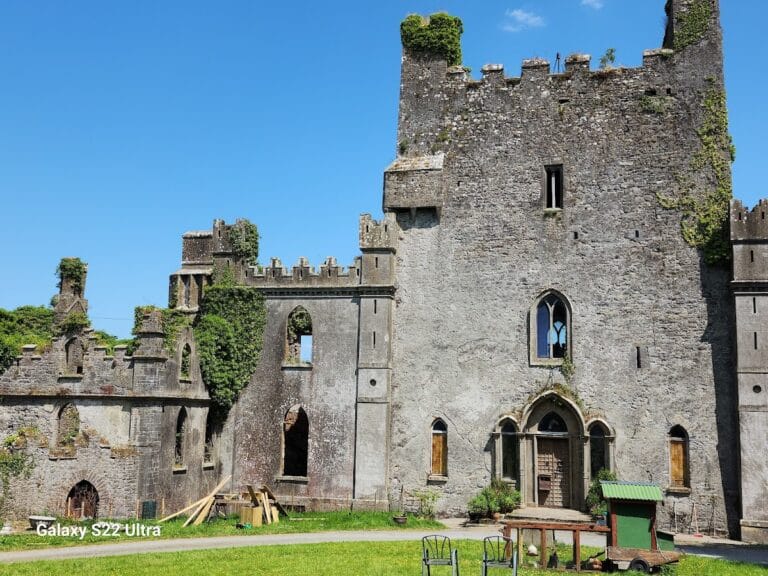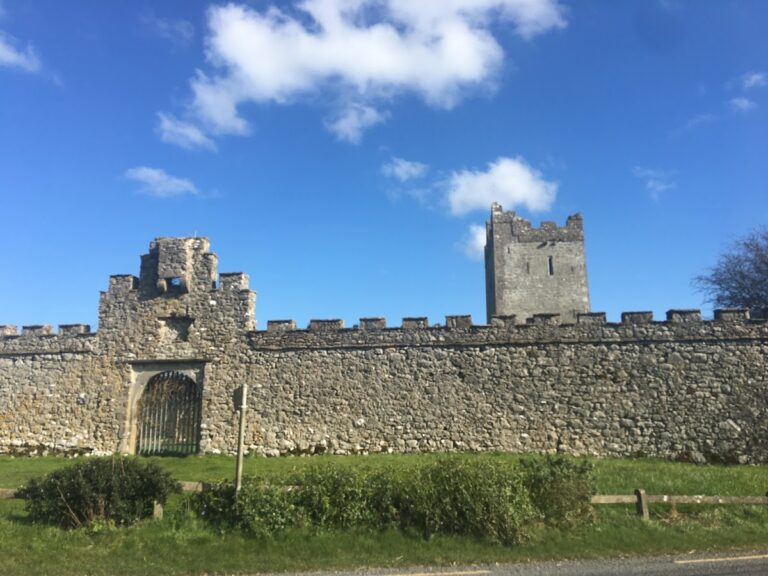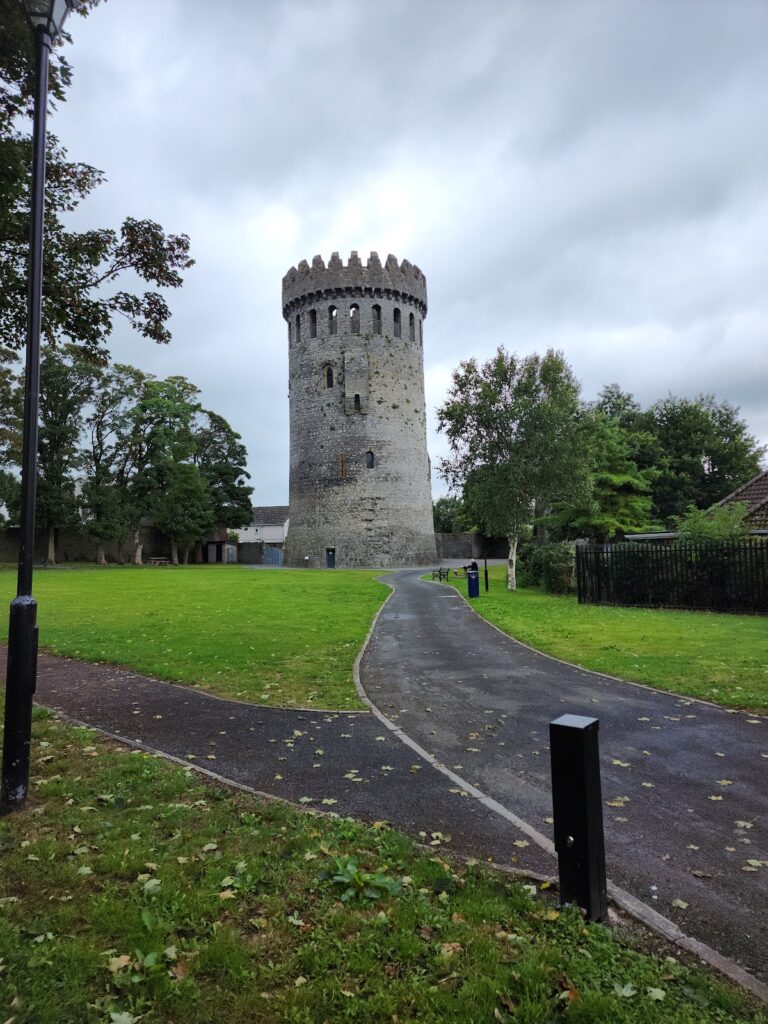Lackeen Castle: A Medieval Tower House in County Tipperary, Ireland
Visitor Information
Google Rating: 4.6
Popularity: Very Low
Google Maps: View on Google Maps
Country: Ireland
Civilization: Unclassified
Remains: Military
History
Lackeen Castle is located in Abbeville, near the village of Lorrha in County Tipperary, Ireland. It was originally built by the O’Kennedy family, who were part of the Gaelic Irish civilization, as a fortified residence during the medieval period.
The earliest phase of the castle dates back to the 12th century, when it was established as a tower house. This type of fortified home served both as a residence and a defensive stronghold, reflecting the turbulent political and social situation of medieval Ireland. The castle’s initial construction was accompanied by a surrounding defensive enclosure, or bawn, which provided additional protection for the inhabitants and their livestock.
In the 16th century, Lackeen Castle underwent significant rebuilding. This remodeling indicates the site retained its strategic and residential importance well into the later medieval period. The changes taken at that time likely adapted the structure to evolving defensive needs and domestic requirements, although specific details of the alterations are not recorded.
During the 18th century, the nearby Lackeen House was built, representing a new chapter in the local architectural landscape, though it stood apart from the castle’s older origins. That same century also saw an important discovery at the castle—the Lorrha Missal, an illuminated manuscript mainly written in Latin with some Gaelic passages, originally produced in the late 8th or early 9th century. This manuscript had been partially rewritten and annotated in the mid-11th century at the nearby Lorrha Monastery.
The Lorrha Missal’s survival at Lackeen Castle during the 18th century corrected earlier assumptions that both the manuscript and its reliquary case (cumdach) had left Ireland in the late 14th century. Instead, their presence at the castle illustrates the site’s connection to local religious heritage and manuscript preservation over many centuries. The manuscript later entered the Stowe collection before being acquired by the state in 1883 and given to the Royal Irish Academy in Dublin, while the associated cumdach was placed in the National Museum of Ireland.
Today, Lackeen Castle remains a significant monument reflecting centuries of Irish history, from medieval Gaelic nobility to the preservation of early Christian manuscripts.
Remains
Lackeen Castle stands as a tower house enclosed within a bawn, a protective defensive wall that surrounds the main structure. This layout is typical of medieval Irish fortifications designed to secure both the residence and its immediate surroundings. The castle’s foundational construction originates from the 12th century, marking it as an early example of such tower houses.
The bawn encloses the tower house, creating a confined defensive courtyard that would have been used for sheltering livestock and providing a first line of defense against attack. The walls would have been constructed from locally sourced stone, built robustly to withstand assault, though precise construction methods and materials beyond stone are not detailed.
The 16th-century reconstruction introduced changes aimed at maintaining the castle’s defensive and residential functions in an era of ongoing local conflicts. While the specifics of these modifications are not elaborated, the structure seen today reflects this period of significant rebuilding.
Currently, the castle is in a ruined but preserved state, protected as a National Monument by the state. It retains its in situ position, allowing the remains to stand on their original site within the landscape of Abbeville. Although the tower house no longer serves as a residence, the preservation efforts have ensured its continued presence as a historic site.
Adjacent to the castle is Lackeen House, built around 1730, which serves as a nearby but separate historic structure. The castle is further distinguished by its association with the Lorrha Missal and its cumdach, which were discovered within it. While these manuscripts are now housed elsewhere, their discovery at the castle adds to the site’s archaeological and cultural significance, linking its physical remains to Ireland’s early medieval religious heritage.







